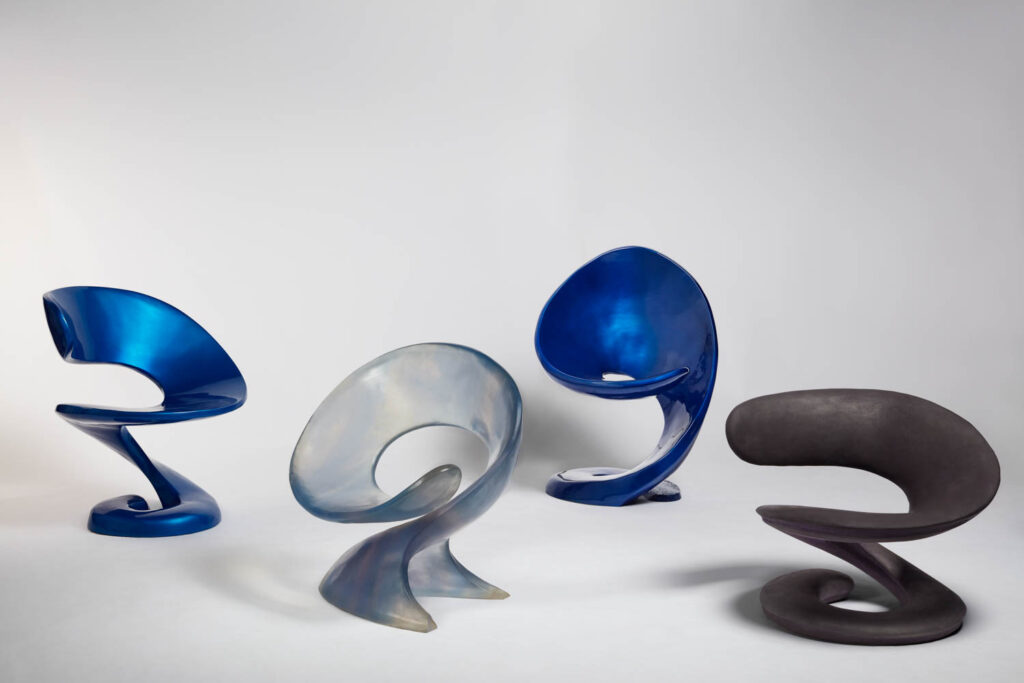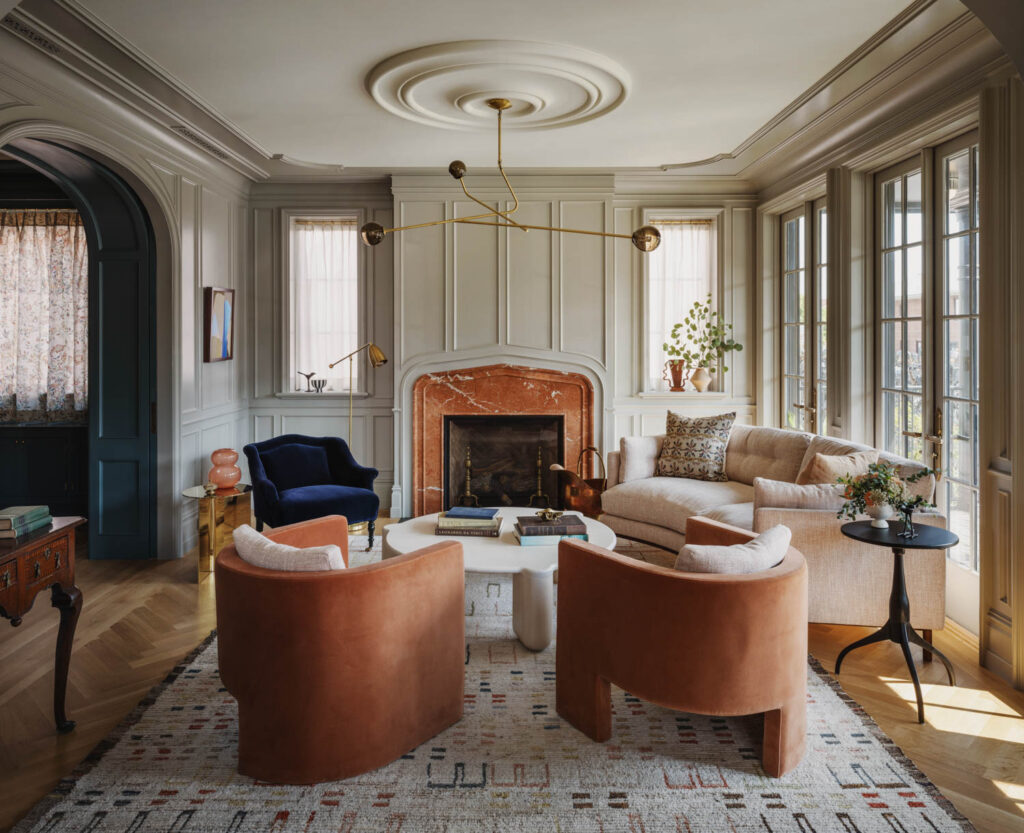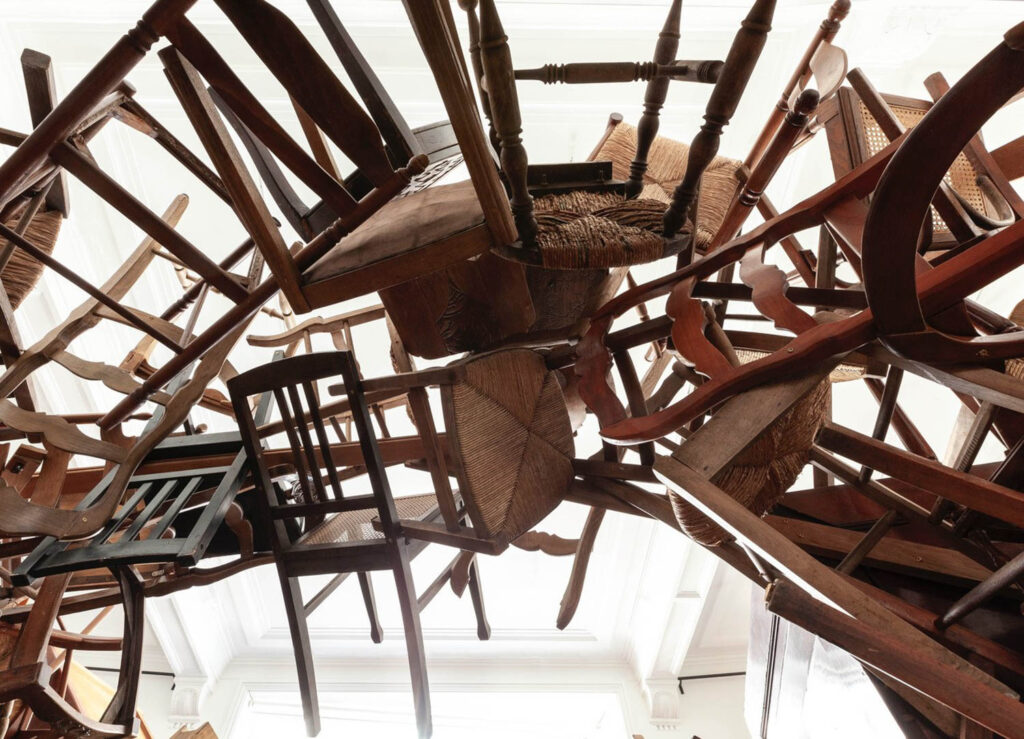
Piet Boon Celebrates a Professional Milestone With New Projects

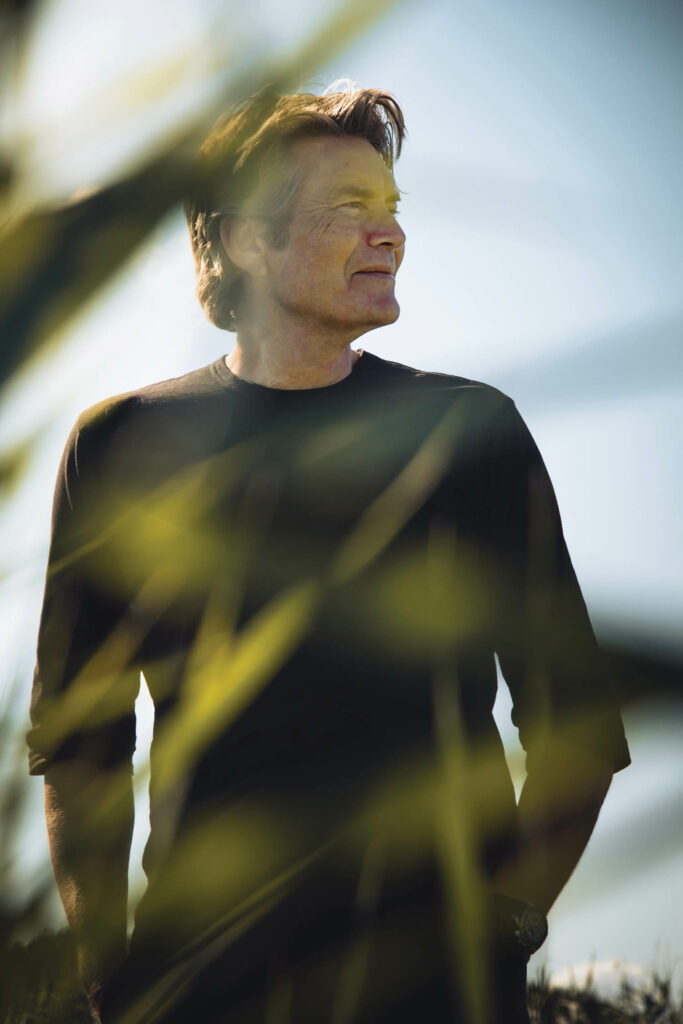
Over the course of his four-decade career, Dutch designer Piet Boon pivoted from his early days as a building contractor—realizing the creativity of others—to spearheading an expansive multidisciplinary global firm. Cofounded in 1983 with his business partner, Karin Meyn, Studio Piet Boon now encompasses over 70 people, working on projects ranging from private residences to luxury hotels for brands such as Andaz, Baccarat, Four Seasons, and the Rosewood Hotel Group. The company, headquartered just outside Amsterdam, is also a prolific furniture-design entity; recent introductions include Cara, a hospitality-focused swivel chair, and Layers, a hand-tufted rug collection for CC-Tapis.
Whether creating kitchen systems or corporate offices, Boon’s work is characterized by innovation and a restrained but refined materiality. To wit: On the occasion of its 40th anniversary, the studio just published a thoughtfully curated, 500-page monograph that celebrates its poetic yet pragmatic approach—exemplified by the book’s cover sleeve, which cleverly (and beautifully) converts to a display stand. We chat with Boon about what makes him tick.
Piet Boon Offers Insights into His New Design Monograph, and More
INTERIOR DESIGN: How did you shift from your early career as a contractor to designing your own projects?
Piet Boon: Building projects for other architects was always a bit frustrating; sometimes their designs didn’t seem so long-lasting. So, I thought to launch my own studio, which started small but grew and grew. Eventually, I sold off the contracting business and began only designing. We started with villas, first in the Netherlands and then farther afield like Bonaire. Our first big assignment abroad was in Manhattan: a 7,000-square-foot apartment on Fifth Avenue overlooking Central Park.
ID: What’s been your formula for growth?
PB: In the beginning, I hired people who had the same mentality or skill set that I had. At a certain point, I thought, OK, but we’re not growing. Then I started hiring people who were much better than me. That helped us build a brand. It’s important that Studio Piet Boon is not about me, but about the team and its spirit. If I drive into a tree tomorrow, this company has to go on, of course.rather than downtown?

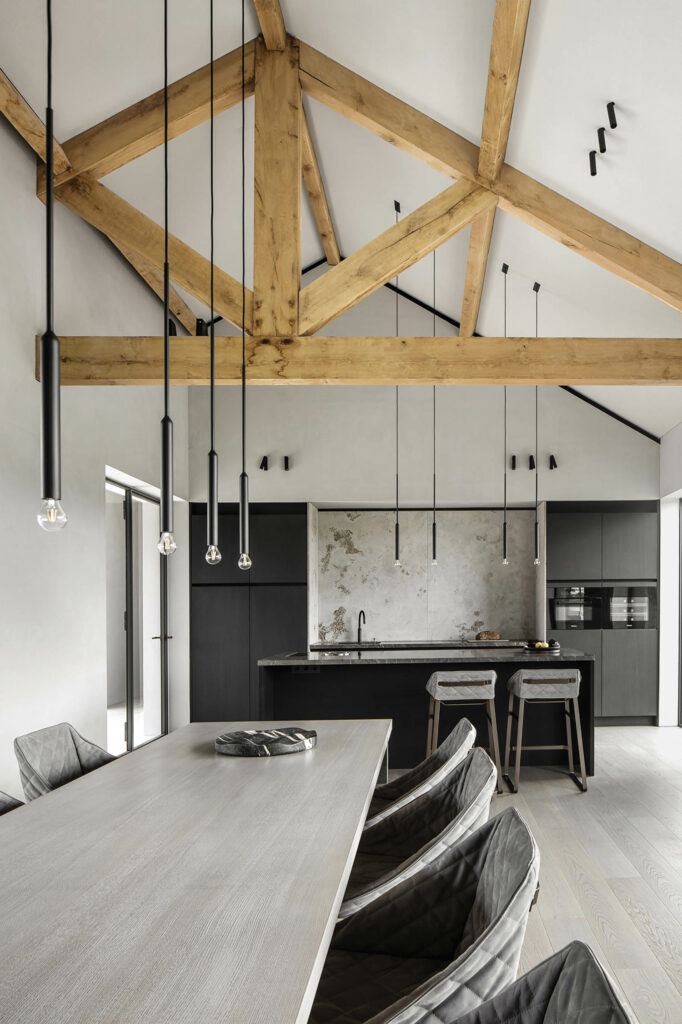

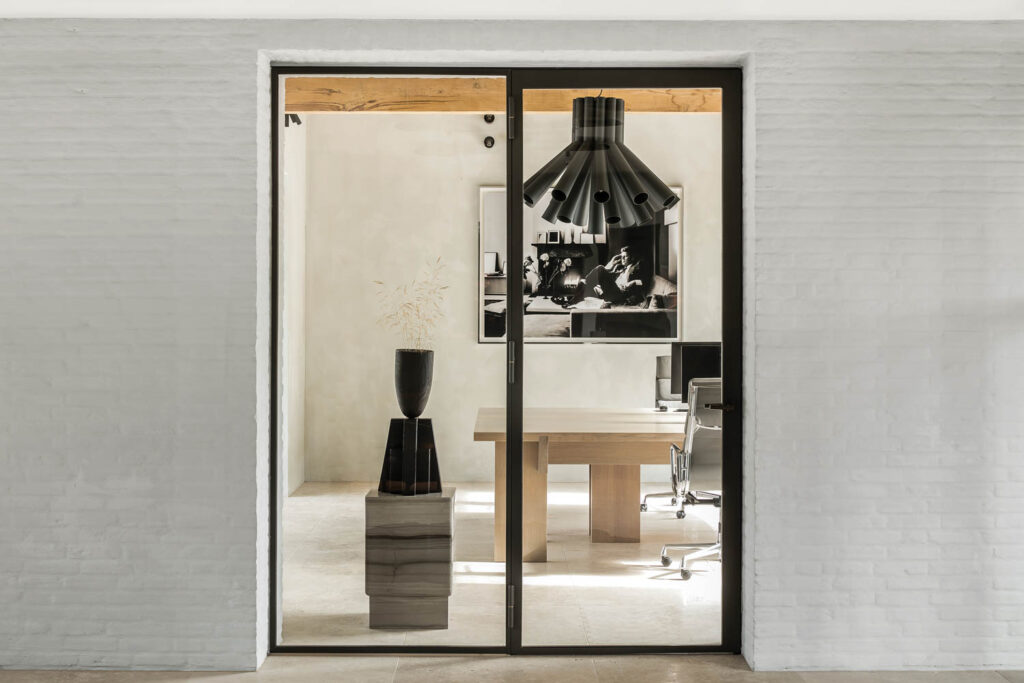
ID: Were there advantages to locating your headquarters in Oostzaan, outside Amsterdam?
PB: It’s hard to have a big-enough studio in the city center. We have quite a large building, and it houses three showrooms—one each for bathrooms, living rooms, and kitchens. We also have a huge materials library and all kinds of mood boards here; because
we have such an international team, everyone brings in new materials from abroad.
ID: How did the Aspen villa you recently completed come about?
PB: The owner of a New York apartment I was working on invited me to go skiing for a few days in Aspen, where he wanted to build a house. A lot of the residences there are chalets: They’re huge and look like the house of Santa Claus. Whereas this client wanted a minimalistic villa—ski in, ski out. We designed a freestanding box that looks beautiful year-round.

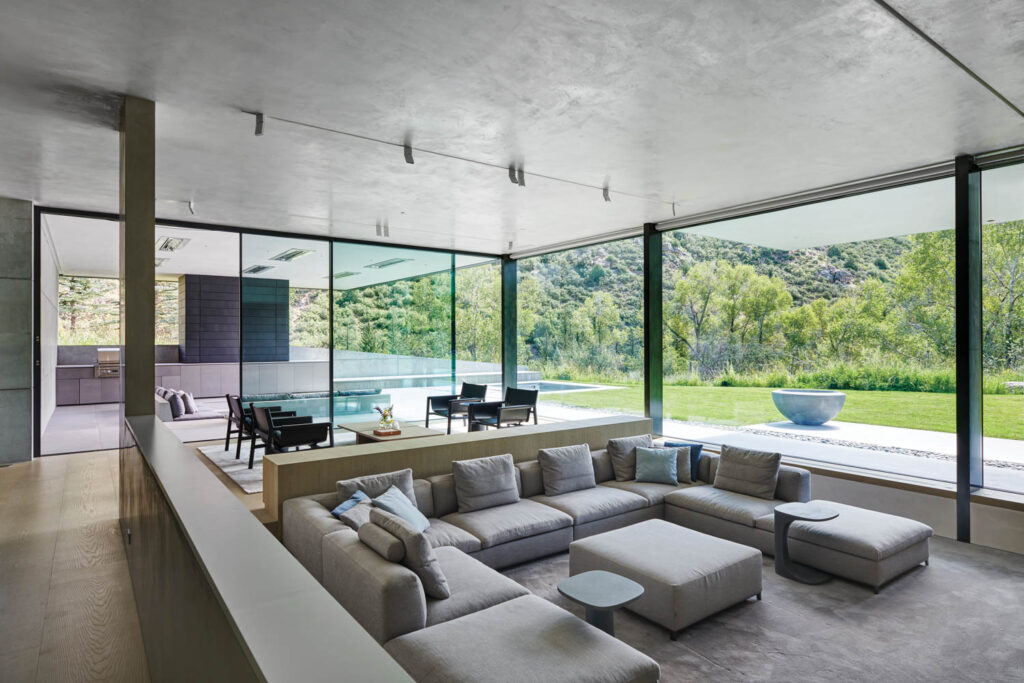
ID: You often collaborate with landscape designer Piet Oudolf on residential commissions.
PB: Piet is a close friend and also my hero. Having him do the garden helps a house look beautiful in all weather and seasons. Landscaping is important when designing a house—about 40 percent of the design’s success.
ID: Your firm is known for refined materials and timelessness. How do those two things relate?
PB: We only use the best materials. Wood, stone, bronze, copper—they last forever and get lovelier over time, whereas cheap materials diminish after a few years. I built my Amsterdam house 22 years ago, and I haven’t had to change a thing. Well, of course we’ve changed the furniture because I like to live with new models to test them out. Most important is that furniture be comfortable, then beautiful, and then long-lasting.

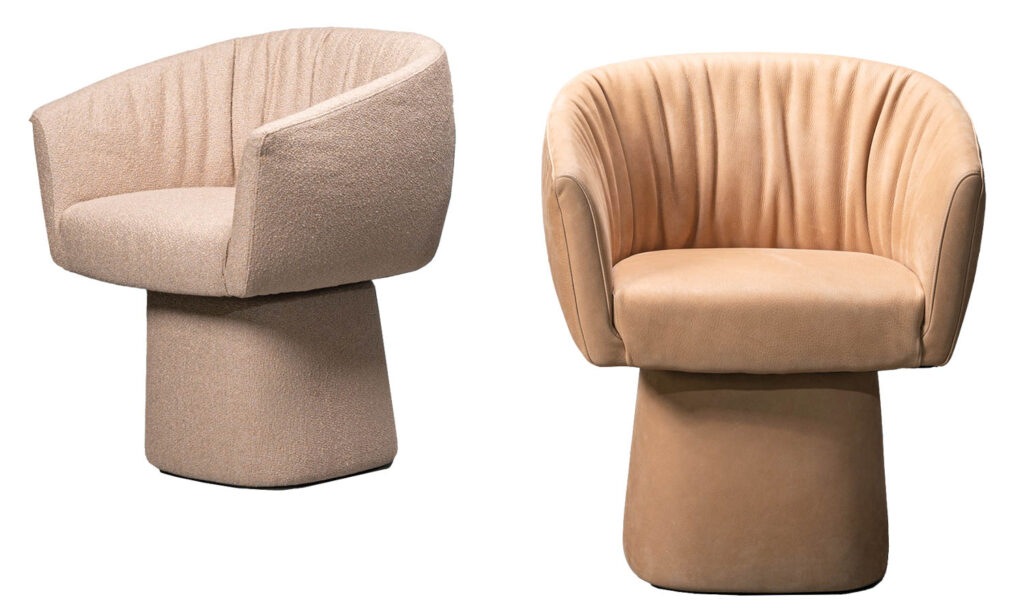
ID: Was that your formula for the Cara chair?
PB: We wanted a slightly feminine shape, because many of our forms are more masculine—very massive and heavy. Cara was originally conceived with four legs, but we got a lot of feedback from our hospitality clients who wanted a return-swivel base, so you can step in without having to move the entire chair.
ID: What sparked your new rug collaboration with Italian brand CC-Tapis?
PB: The Layers collection is about perfect imperfection. If a carpet is too perfect, you’ll see every stain. We tried to achieve something more like natural stone or concrete. There is a little grading on the edges, and you can choose your own grades and colors. For us, it’s always about the lines and the tranquility.

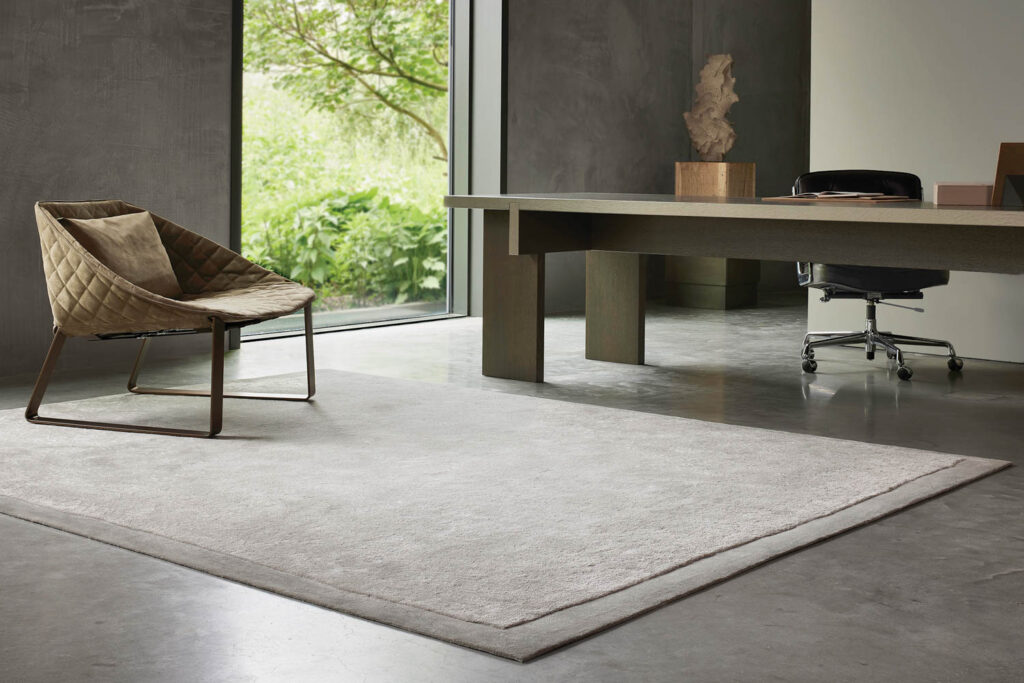
ID: You’ve mentioned your Kekke dining chair is based on the look of a Chanel bag?
PB: In fact, a few Chanel boutiques use the chair. The new outdoor version of Kekke has the same shape as the original, but it’s like a convertible: Hidden at the back is a cover that you can fold over the chair for protection if it rains. The RAF indoor/outdoor daybed also has a hidden cover, as well as moveable backrest pillows that can be used all sorts of ways.
ID: How did you approach the new book celebrating your company’s 40th anniversary?
PB: At first, I thought about covering 40 years of my work, but it proved more interesting to highlight the studio’s 40 best ideas. We’re showing our best projects and giving away a lot of ideas: We talk about materials, how to build a villa, etc.
ID: Tell me about the book’s cover.
PB: We always try to do something novel, so we designed a sleeve that can be taken apart for use as a bookstand. A coffee table book just lying open on a table never looks beautiful.
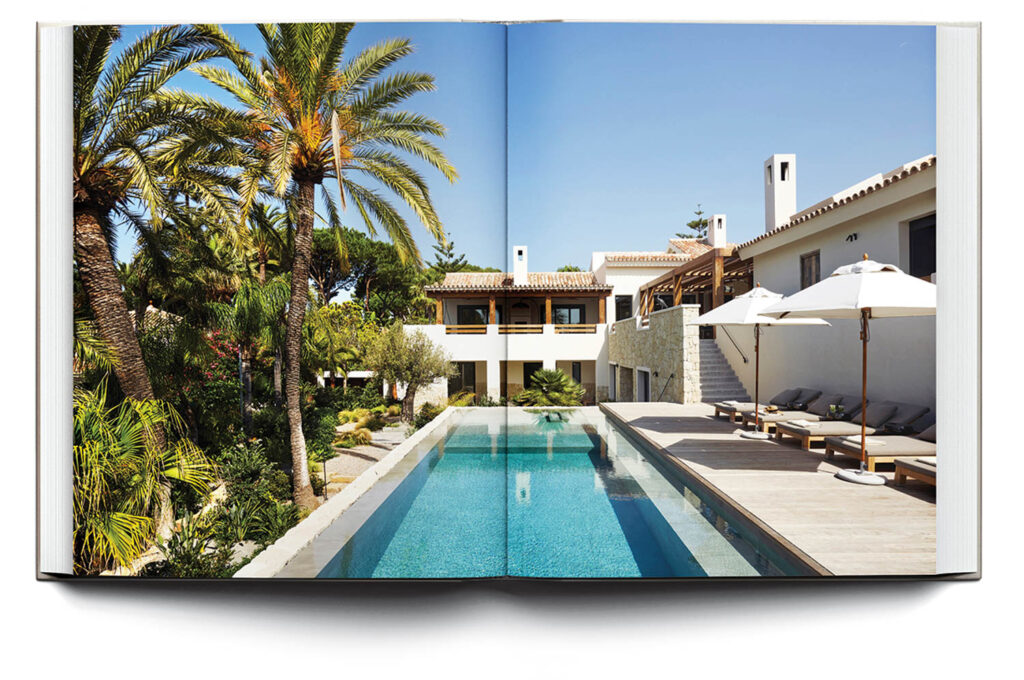
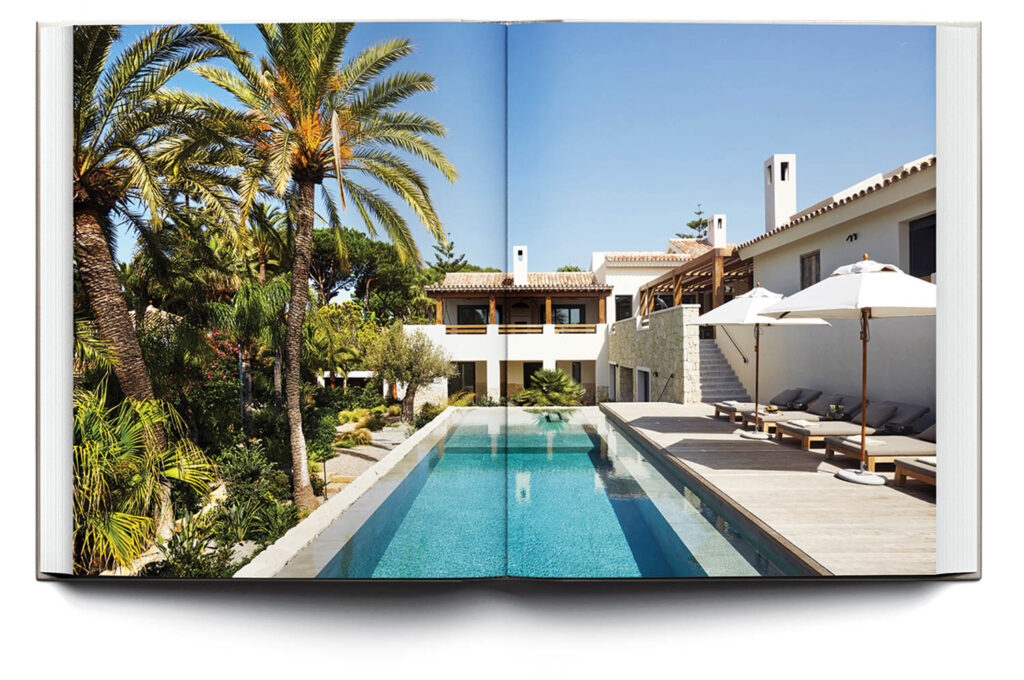

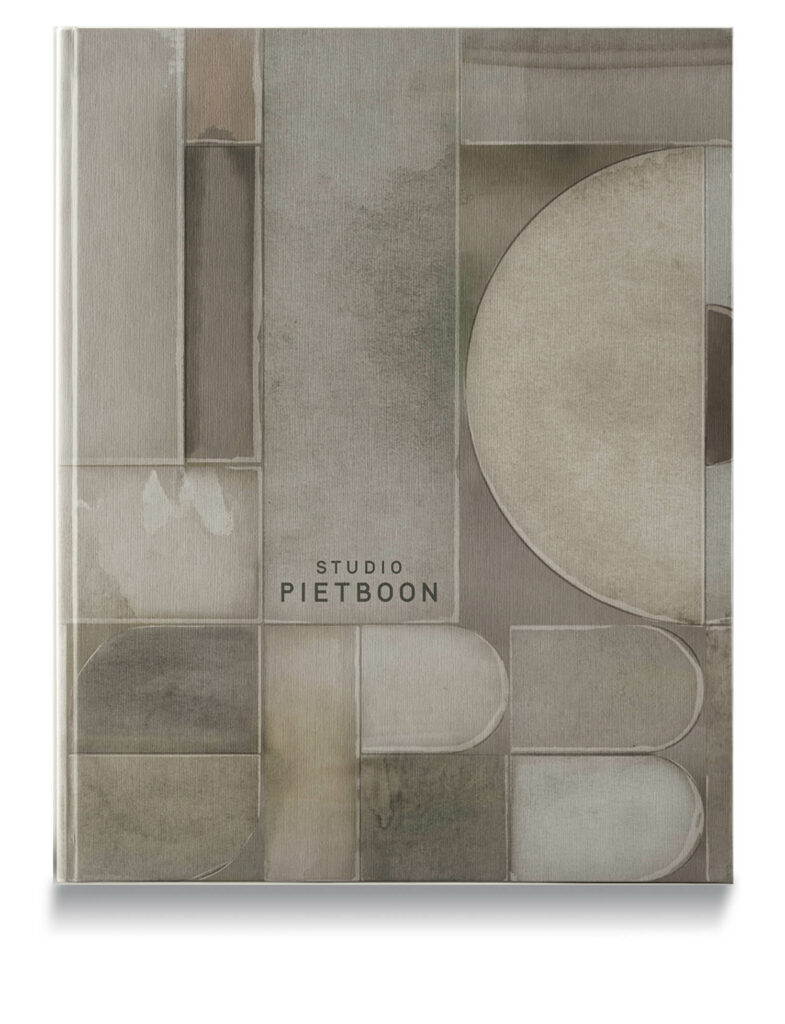

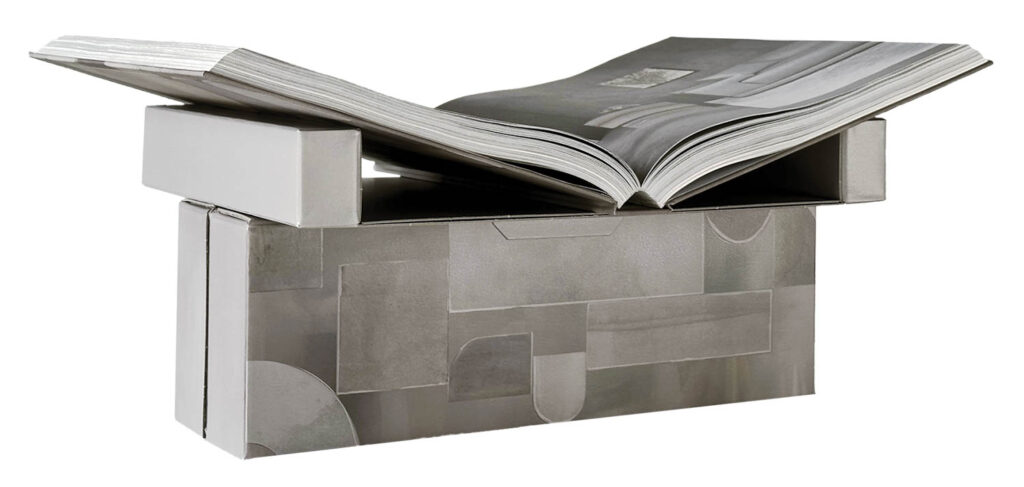


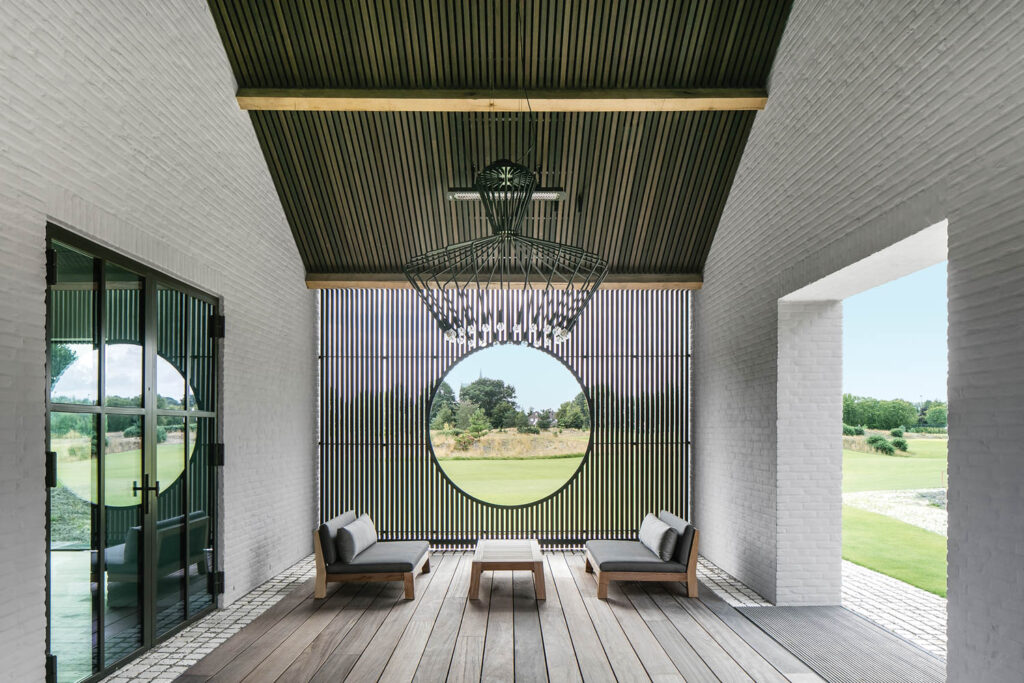

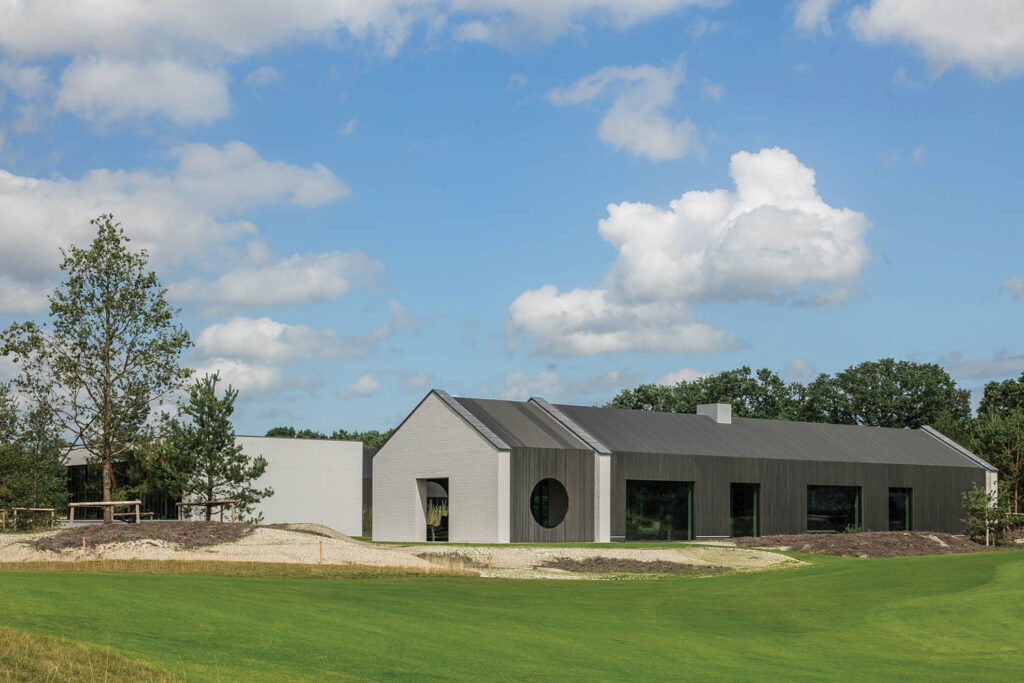

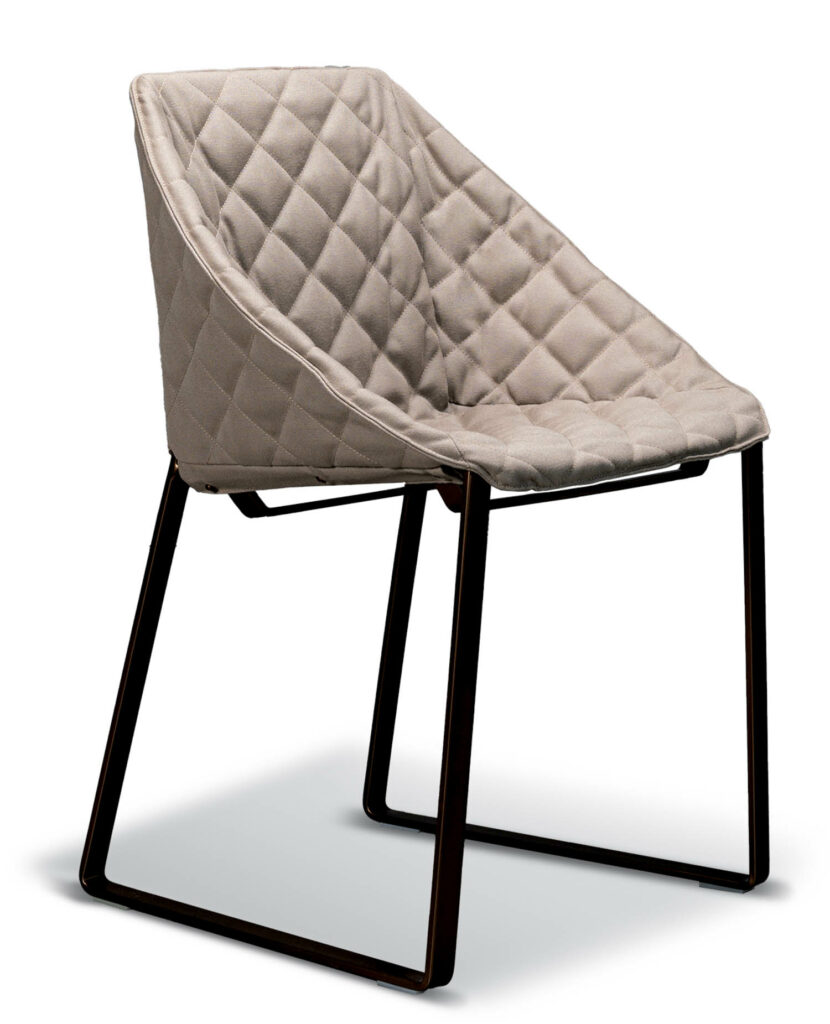

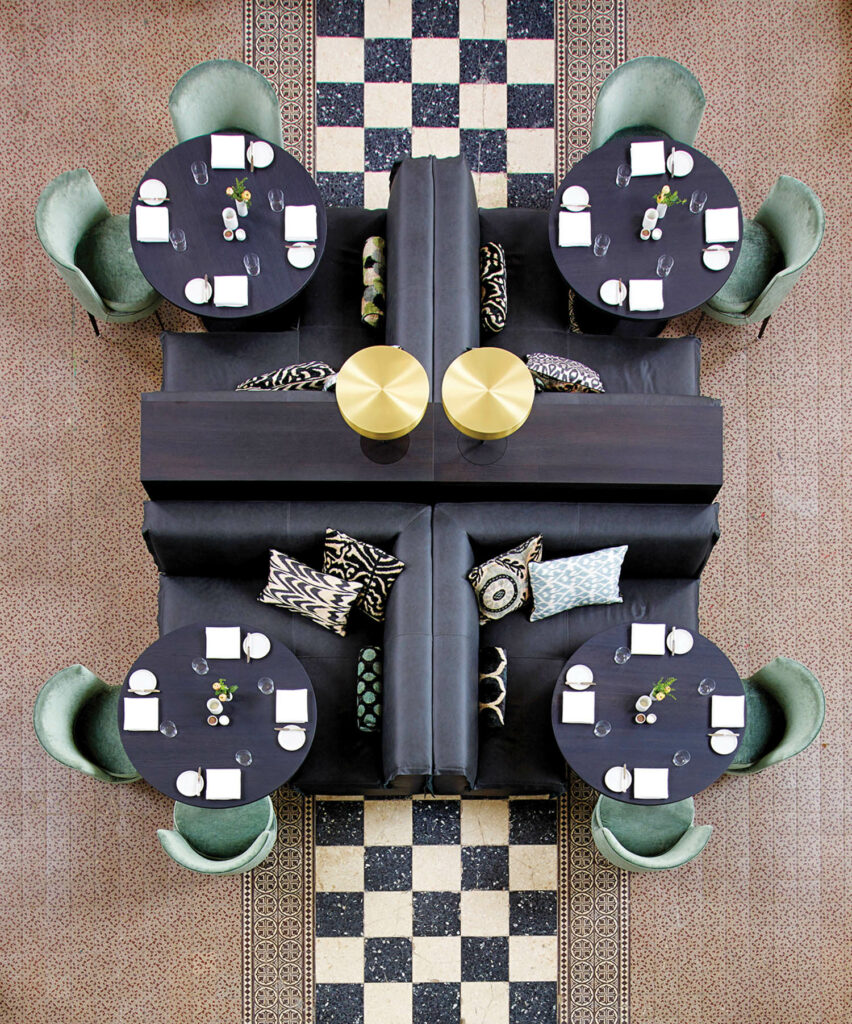

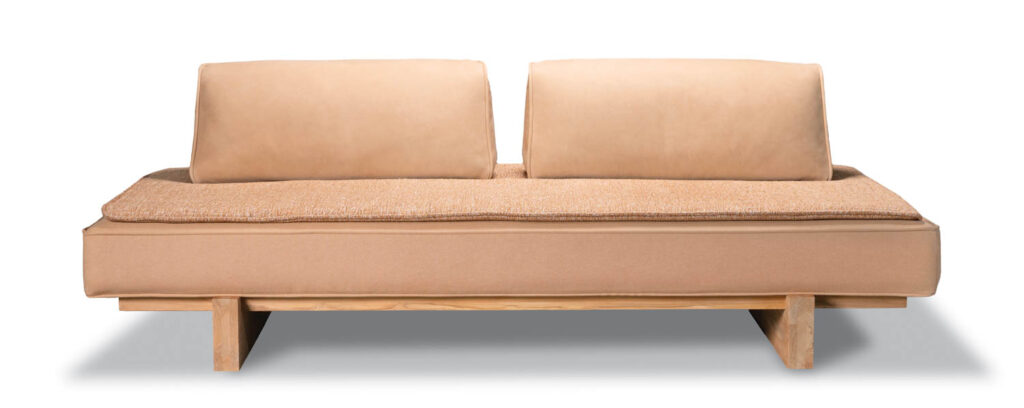

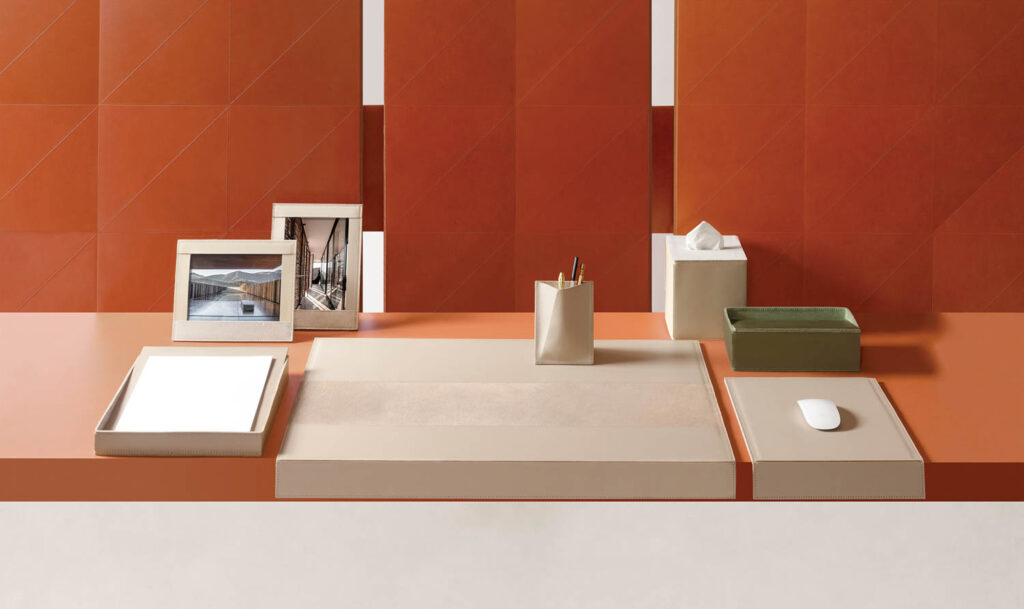

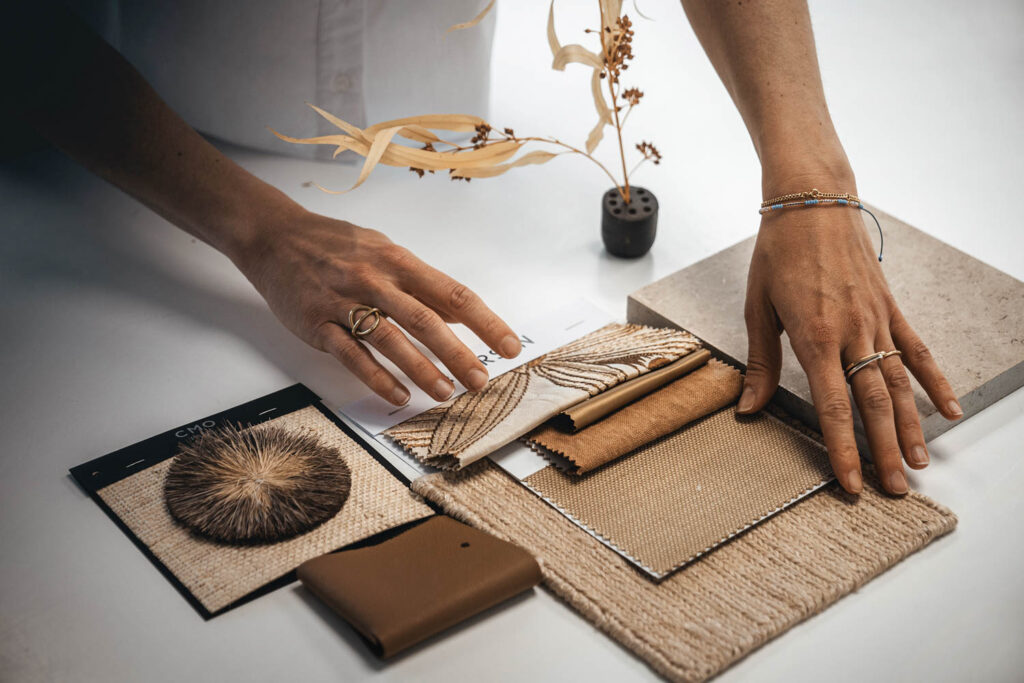
read more
DesignWire
10 Questions With… Louis Durot
French artist and chemist Louis Durot talks about the evolution of his whimsical forms, his upcoming autobiography, and advice from a brief run-in with Picasso.
DesignWire
10 Questions With… Jessica Helgerson
Jessica Helgerson discusses her new lighting collection with Roll & Hill, some favorite projects, opening a Paris branch of her eponymous firm, and more.
DesignWire
10 Questions With…. Tadashi Kawamata
Get to know Japanese artist Tadashi Kawamata who created a surreal installation for the facade of French design firm Liaigre’s Paris mansion in the fall.

